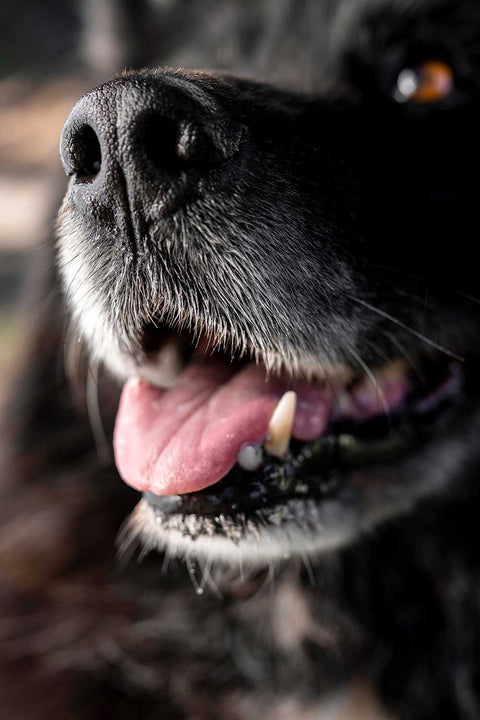
Dogs can be trained to sniff out stress, with a 94% accuracy
Dogs have long been known for their ability to sniff out drugs, explosives, and even cancer, but a recent study has shown that they can also detect psychological stress in humans.
In the study, dogs were able to accurately detect samples of breath and sweat taken from an individual experiencing psychological stress with an impressive accuracy rate of 93.75%. This suggests that the physiological processes associated with stress produce changes in compounds flowing from breath, sweat, or both, and that dogs can detect these changes.
The study, which was published in the Plos One, involved four dogs who were trained for about an hour each week over the course of 10 months. The dogs were trained to detect stress by identifying specific odors associated with the changes in the compounds in the breath and sweat of stressed individuals.
The results of the study have significant implications for the potential use of dogs in a variety of settings, including healthcare, law enforcement, and even the workplace. Dogs could potentially be used to identify individuals who are experiencing stress, anxiety, or other psychological conditions that may impact their ability to perform their jobs or complete tasks.
In healthcare settings, dogs could be used to detect stress in patients, allowing healthcare professionals to provide early interventions to help manage stress-related conditions. In law enforcement, dogs could be used to identify individuals who may be experiencing high levels of stress, which could be an indicator of potential criminal activity.
In the workplace, dogs could be used to identify employees who may be experiencing high levels of stress or burnout, allowing employers to provide resources and support to help manage their mental health and improve overall productivity.
While the study is still in its early stages, the results are promising and suggest that dogs could be a valuable tool in the detection and management of psychological stress. As further research is conducted, we may see an increase in the use of these highly trained animals in a variety of settings, helping to improve the health and well-being of individuals and communities alike.
Read full study here.

Comments (0)
There are no comments for this article. Be the first one to leave a message!